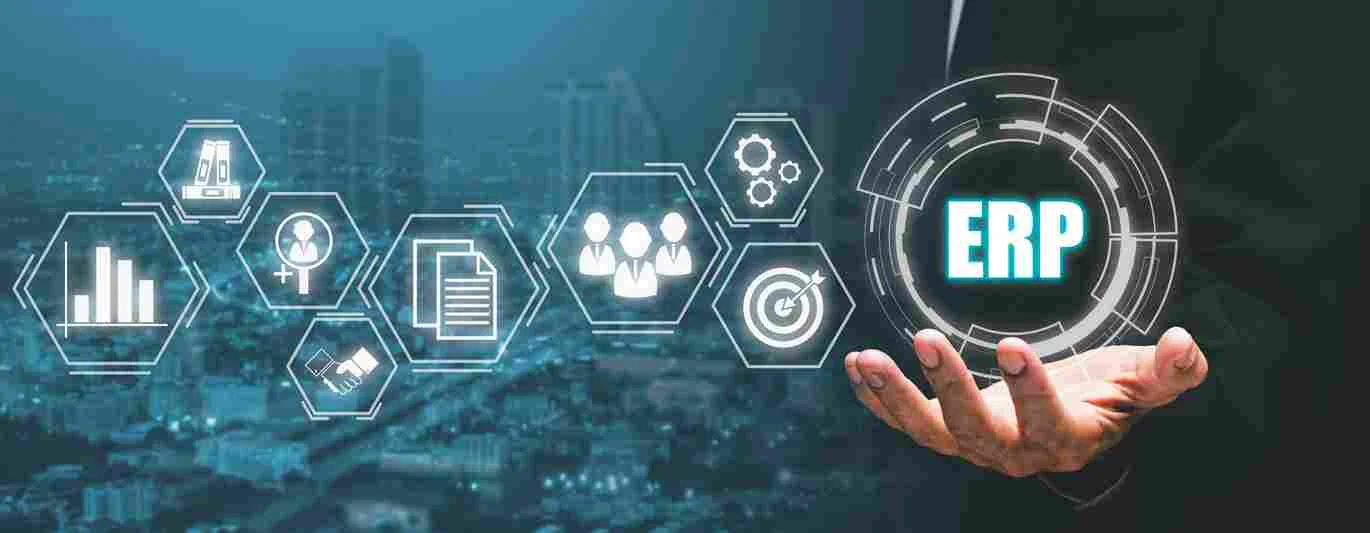Jun 30, 2022

How to Build an ERP for Agricultural Business?
ERP For Agricultural Business
Enterprise resource planning (ERP) systems are software suites that integrate internal and external business information across an organization. ERP systems track resources, products, and financial data throughout the supply chain—from procurement to manufacturing to distribution—and can be customized to support specific business processes.
In recent years, ERP systems have become increasingly popular in various industries as organizations strive to streamline operations and gain a competitive edge. Agricultural businesses are no exception—an ERP system can significantly benefit companies in this sector by helping them manage their complex supply chains, optimize production processes, and improve customer service. However, designing and implementing an ERP system is a major undertaking that requires careful planning and execution.
Some key considerations for building an ERP system for an agricultural business are:
1. Define Your Business Processes
The first step in any ERP implementation project is to define the business processes that the system will support. This is especially important in the agricultural sector, where businesses often have complex supply chains and production processes.
Some of the common business processes that are typically managed by ERP systems in agricultural businesses include:
- Procurement and inventory management
- Production planning and execution
- Quality control and compliance
- Warehouse management and distribution
2. Choose the Right ERP System
Once you have defined the business processes that your ERP system will support, you need to choose the right software for your organization. There are many different ERP systems on the market, so it is important to take the time to evaluate your options and select a system that meets your specific needs.
Some of the factors that you should consider when choosing an ERP system include the following:
- Ease of use: The system should be easy to use so that employees can quickly learn how to use it effectively.
- Flexibility: The system should be flexible enough to accommodate future changes to your business processes.
- Integration: The system should be able to integrate with your existing software and systems.
- Scalability: The system should scale as your business grows.
3. Implement the ERP System
Once you have selected an ERP system, you must implement it in your organization. This complex process typically involves customizing the software to fit your specific business requirements, setting up the hardware infrastructure, migrating data from your old system, and training employees on how to use the new system.
4. Test and Go Live
After implementing the ERP system, it is important to test it thoroughly before going live. This will help to ensure that the system is working properly and that employees can use it effectively.
5. Support and Maintenance
Once your ERP system is up and running, you must ensure it is properly supported and maintained. This includes ensuring that the system is backed up regularly, keeping the software up to date, and providing training and support for employees as needed.
Conclusion
Cyberium soft ERP development services give your business the agility to stay ahead of the competition. Our developers will streamline your operations by automating and integrating your business processes into a single system. Contact us today to learn more about how we can help you implement an ERP system for your agricultural business.
Related Blog-
How can an ERP System boost your Business Productivity?
Best
Discover the best practices of building best product experience from millions of ready-made product graphs or build one yourself.

Intelligent
In-depth intelligence of products in the form of product stories help in achieving quality, automation and efficiency in new and existing product implementations.

Augmented
Improve and augment end to end product selection, development, integration, and operation with detailed information and AI copilots.


